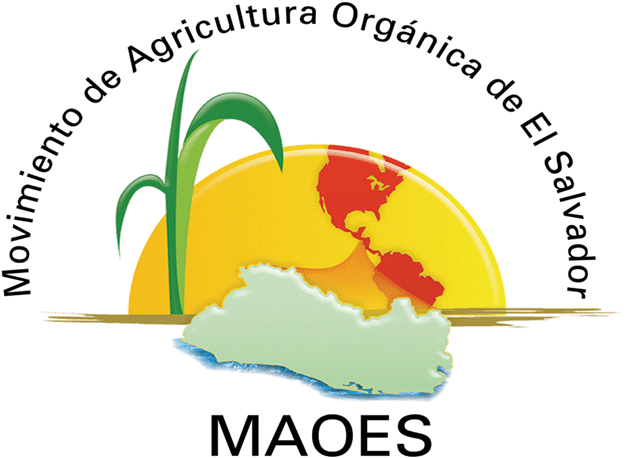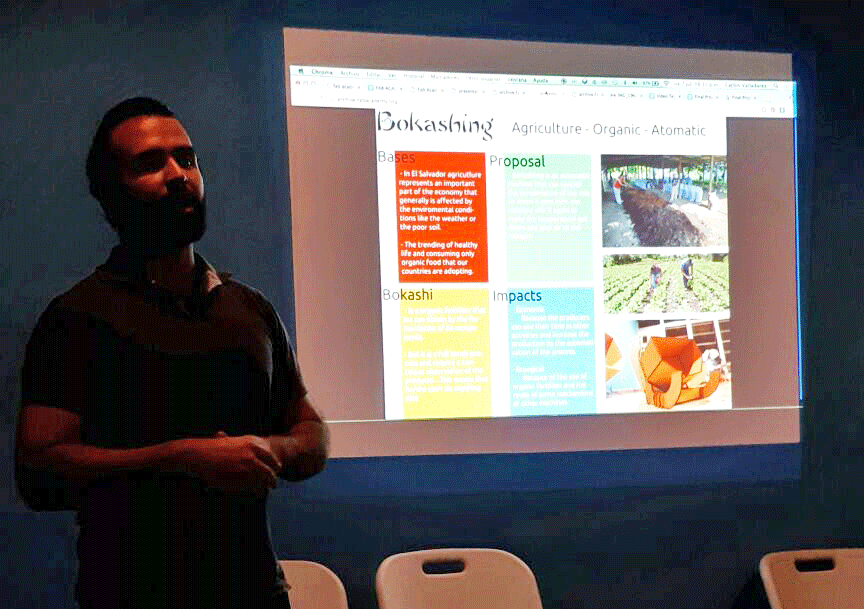This week we are going to analyze the applications and implication of my project
Questions & Answers
What will it do?
Bokashi is an organic fertilizer that have a manual production process that take a lot of time of supervising. The process is simple but long, anyone who wants to make Bokashi has to get all the ingredients and mix them, but this will active a fermentation process and the mix will get hot... The mixture doesn't have to get over 45° C if not I will degrade, this is when is necesary to mix. That happens around 3 times before the mixture get stabilized.
So, the intention of Bokashing is to automate the process of temperature control and mixing to let the small producers (local farmers, orchard and vivarium owners) make their usual tasks and carefree about this repetitive process but that will give as a result something very useful for their crops.
Who's done what beforehand?
Bokashi has been made by farmers these last years by hand. As I said before it has a repetitive process that involves a lot of supervising and mixing time.
I have to say that this kind of techniques are approved and supported by the goverment in El Salvador advised by experts on the topic like "Movimiento de Agricultura Orgánica de El Salvador - MAOES" (Organic Agriculture Movement of El Salvador) that are also independent Bokashi producers.

What materials and components will be required?
- Mechanical system of an old washer machine
- Motor
- Speed reductor
- Shaft
- 2'' MDF
- Control Circuit
- ATMega328 Microcontroller
- Thermocouple
- LCD
- Transistor
- Power Circuit
- Relay
- Motor Coupling
Where will they come from?
- Recyled
- Mechanical system of an old washer machine
- Buyed
- 2'' MDF
- Control Circuit
- Power Circuit
- Produced
- Motor Coupling
How much will it cost?
| Component | Quantity | Cost | Total |
|---|---|---|---|
| Electronics | |||
| Atmega 328 | 1 | $2.17 | $2.17 |
| MAX31855 | 1 | $4.50 | $4.50 |
| Voltage regulators | 2 | $1.21 | $2.42 |
| MOSFET | 4 | $1.24 | $4.96 |
| Resonator | 1 | $0.63 | $0.63 |
| Swithces | 2 | $0.96 | $1.92 |
| Buttons | 1 | $1.06 | $1.06 |
| Resistors | 13 | $0.68 | $8.84 |
| Capacitors | 3 | $0.21 | $0.63 |
| ISP Header | 1 | $0.53 | $0.53 |
| Clamps | 8 | $1.82 | $14.56 |
| LCD | 1 | $8.82 | $8.82 |
| Relay | 1 | $2.95 | $2.95 |
| Thermocouple | 1 | $13.95 | $13.95 |
| Sub-Total | $67.94 | ||
| Mechanism | |||
| Motor, pulleys, strap and shft | - | Recycled | $0.00 |
| Sub-Total | $0.00 | ||
| Structure | |||
| MDF 4'x8'x1/2" sheet | 2 | $21.66 | $43.32 |
| 1/4"x2" Bolts, washers and nuts | 10 | $0.82 | $8.20 |
| Sub-Total | $51.52 | ||
| TOTAL | $119.46 |
What parts and systems will be made?
- Structure and hardware
- Control Circuit
- Power Circuit
- Container
- Motor Coupling
What processes will be used?
- Structure and hardware || Container
- Control Circuit || Power Circuit
- Motor Coupling
- Router Cutting
- Laser Cutting
Soldering
- 3D Printing
What tasks need to be completed?
ConceptualizationDesignResources factibility evaluation, if not returnDetailed DesignGet the materialsProduceTestShow

What questions need to be answered?
- Will only one thermocouple be enough?
- Will MDF be an appropriate material to mix Bokashi?
- Is the LCD the best output for the user?
- Will the washer machine system be completly useful or will we need to use only the motor?
- Will be better to use an articulated bar system for the swinging movement?
It is enough, but it could help more thermocouples to determine an average of the temperature of the volume or to determine if differents points get to the maximun temperature at differents times.
As a prototype could function for a short time, but definitley it has to be change to anodized aluminum as a comercial product.
It works but it is not enough, it will be needed to add a RGB LED and a buzzer.
Completely useful, mechanical system hasn't to be modified only electrical connectionshas to be intervened.
As a substitute only, is recommended to use the washer machine mechanical part but it could be useful a four-bar linkage mechanisms with some modifications to the design.
What is the schedule?
- 28May - 07June
- 08June - 11June
- 12June - 13June
- 14June - 21June
- 22June - 28June
- 05July-19July
- Detailed Design
- Production and assembly
- Test
- Presentations
- Documentation
- Feedback and corrections
How will it be evaluated?
I will meet with MAOES that has a constant approach with the posible users of the machine to validate the user experience and the efficiency of the production. I expect to get feedback for improving the design after FabAcademy.